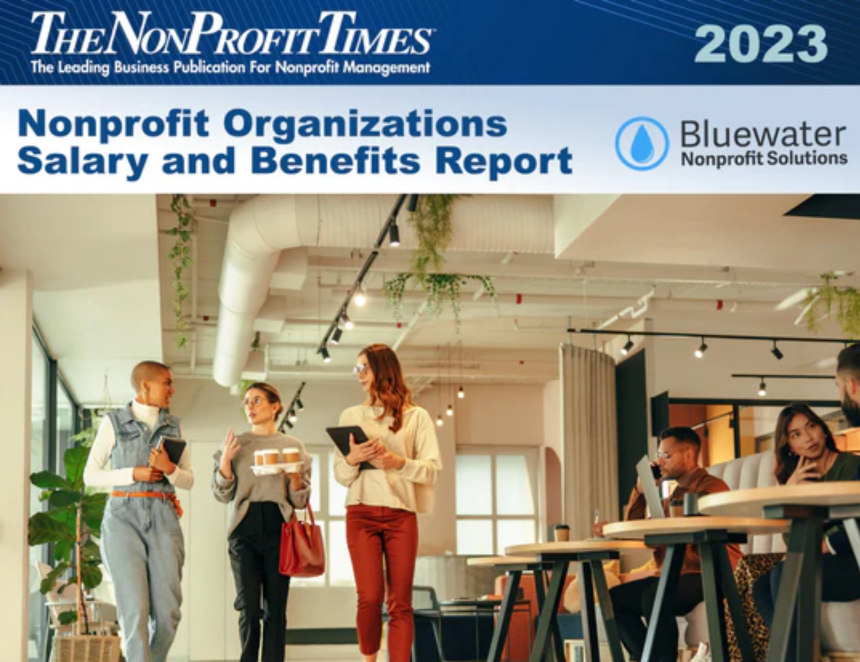The notion that Americans’ current wealth should redress the United States’ persistent racial wealth gap — given that both of those are inextricably linked to slavery and injustice — is compelling.
Even when we agree — and many people do not — that we should redress the obstacles to amassing generational wealth in Black families, getting this done might seem an insurmountable and mind-bogglingly expensive hurdle. (It is almost as mind-boggling as the scope of damage done to Black Americans’ economic well-being over four centuries.)
A movement toward supporting reparations has begun among dozens of leading thinkers and funders in the nonprofit world. The idea rose to wide national consciousness a decade ago, with Ta-Nehisi Coates’ “The Case for Reparations.” A 2023 proposal in Congress called for the redistribution of $14 trillion. A California task force recently announced ways to close the state’s racial wealth gap, including cash payments as high as $1.2 million to Black residents. On a smaller scale, the city of Evanston, Illinois has promised $10 million to the descendants of city residents subjected to housing discrimination.
Given the scope of the problem, a national strategy to close the historic wealth gap would almost certainly require more political capital than is available in these polarized United States. Meanwhile, private funders cannot address the issue on these large scales; and as leaders at The Bridgespan Group have noted, “nor are philanthropic grants to Black-led organizations reparations” just because the funds are to be managed by Blacks.
So how could funders begin to tackle the generational wealth gap in some smaller, more manageable way? Here is one practical approach.
In many low-income Black communities, support services come from locally-based nonprofits — day care centers, after-school programs, senior centers, libraries, churches, and so on. Many of those organizations, in turn, employ Black and brown entry-level to mid-level staff. Senior professionals and leaders in these organizations are also more likely to be from the communities of color they serve and are typically not paid on par with their counterparts in similar nonprofits elsewhere — certainly not on par with those in for-profit companies.
Most nonprofits like these operate with little flexibility when there is an economic downturn. Shoring them up, first, would allow them to sustain services to high-need populations. Funding such service organizations in a way that would allow them to build reserves of, say, three months’ operating cash would help to ensure that they keep working.
Second, and even more important for the purposes of addressing the generational wealth gap, this approach would allow these nonprofits to ensure that their workers keep working. When the organizations they work for cannot afford to have a real fallback plan or stable base, Black workers in low- or mid-level jobs who support vulnerable populations in their community will always themselves be without real financial stability.
Another way to stabilize this community workforce: Position these nonprofits to ensure all their employees earn a living wage, based on specific economic conditions in their area. Incentivize them to develop collaborative purchasing programs so that they can reliably provide better health insurance and other benefits, taking advantage of economies of scale with others in their networks and communities. Their workers would then not only continue to benefit vulnerable populations, but also begin to build their own wealth and well-being.
Child care and elder care nonprofits, some education providers, social services in general — these organizations work at the front lines in the low-income Black communities most devastated, economically and otherwise, by systemic racism. They are also disproportionately staffed by those same communities. For some of these workers, it is arguably a labor of love, a way to give back. Still, making a living by giving back can too readily perpetuate the cycle when nonprofit staff forgo the generational boost that other career choices might offer. It is worse than ironic that the very effort to give back can wind up contributing to overall economic instability in the community.
Jobs in nonprofits that strengthen low-income Black communities should offer the people who choose them an initial step toward more stable employment, greater financial stability, and ultimately generational wealth and opportunity. Yes, we can and must continue to think hard about larger-scale reparations. We could also begin, now, to provide more infrastructure to the workforce that is already doing all it can to stabilize our communities. This is a crucial first investment.
*****
Stephanie J. Hull, Ph.D., is president and CEO of Girls Inc., the national organization that inspires all girls to be strong, smart, and bold. Founded in 1864, Girls Inc. delivers life-changing programs and experiences to more than 110,000 girls through a network of 75 local organizations across the U.S. and Canada. Dr. Hull has had a long career as a leader in education and as a women’s advocate and has lent her expertise to numerous mission-driven organizations across the United States and globally. She is a 2023 The NonProfit Times Power and Influence Top 50 Honoree.









